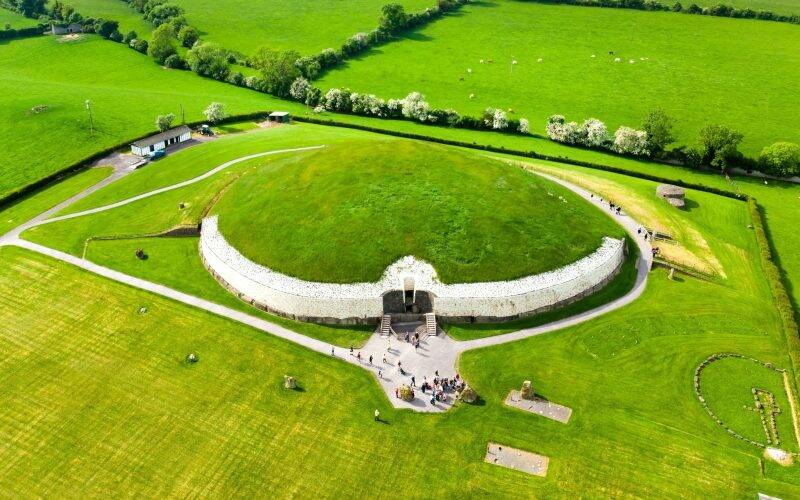Astronomical Buildings
Explore the wonders of historical astronomical architecture around the world! From ancient observatories to modern planetariums, these buildings have played a crucial role in advancing our understanding of the universe.
Famous Astronomical Buildings
Stonehenge
Chichén Itzá
Stonehenge is a prehistoric megalithic structure on Salisbury Plain in Wiltshire, England, two miles (3 km) west of Amesbury. It consists of an outer ring of vertical sarsen standing stones, each around 13 feet (4.0 m) high, seven feet (2.1 m) wide, and weighing around 25 tons, topped by connecting horizontal lintel stones. The whole monument, now ruinous, is aligned towards the sunrise on the summer solstice and sunset on the winter solstice .
Note that a morsel model of Stonehenge is planned!
The ancient Mayans who built and inhabited Chichén Itzá had an extremely developed understanding of astronomy and science. During the equinox (when the length of night and day are approximately equal all over the world) in the late after the sun strikes off the northwest corner of the pyramid and cast a series of triangular shadows against the northwest balustrade, creating the illusion of a feathered serpent “crawling” down the pyramid.
Note that a morsel model of Chichén Itzá is planned!


Bighorn Medicine Wheel
Chankillo
The Big Horn Medicine Wheel is located in the US state of Wyoming.It may reveal indigenous knowledge of astronomy, but so far, no one has been unable to determine its origin and function. It is suggested that the indigenous builders might have designed the wheel to track celestial bodies, having found the cairns are in astronomical alignment with the summer solstice sunset and sunrise as well as the rise of the stars Alderbaran, Serius, and Rigel.
Note that a morsel model of the Big Horn Medicine Wheel is planned!
The Chankillo Archaeoastronomical Complex is a prehistoric site (250-200 BC), located on the north-central coast of Peru, in the Casma Valley, comprising a set of constructions in a desert landscape that, together with natural features, functioned as a calendrical instrument, using the sun to define dates throughout the year. The site shows great innovation by using the solar cycle and an artificial horizon to mark the solstices, the equinoxes, and every other date within the year with a precision of 1-2 days.
Note that a morsel model of Chankillo is planned!


Jantar Mantar
Newgrange
"Jantar Mantar" means "instruments for measuring the harmony of the heavens". It consists of 13 architectural astronomy instruments. The site is one of five built by Maharaja Jai Singh II of Jaipur, from 1723 onwards. The objective behind the construction of these observatories was to assemble astronomical data and to accurately predict the movement of the planets, moon, sun, etc. in the solar system.
Note that a morsel model of Jantar Mantar is planned!
Newgrange is a prehistoric monument in Ireland, consisting of a large circular mound with an inner stone passageway and cruciform chamber. It is aligned so that the rising sun on the winter solstice shines through a "roofbox" above the entrance and floods the inner chamber. Several other passage tombs in Ireland are aligned with solstices and equinoxes.
Note that a morsel model of Newgrange is planned!


